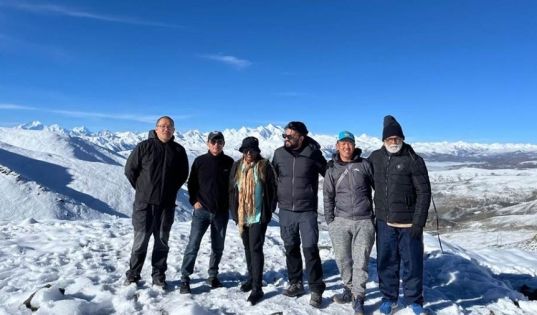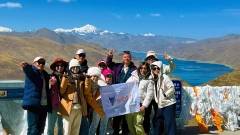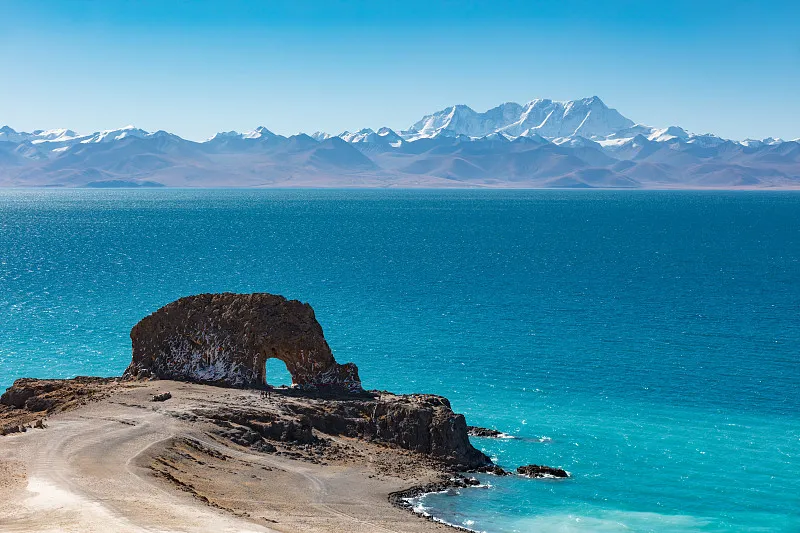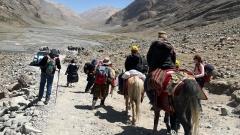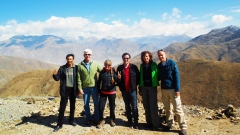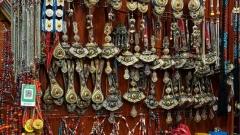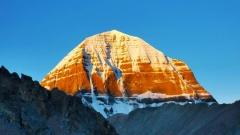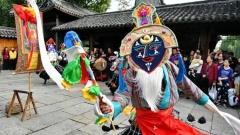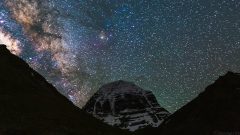Tibet is not only known for its breathtaking landscapes and spiritual heritage, but also for its vibrant and colorful festivals. Rooted in religion, culture, and history, these festivals are windows into Tibetan life and belief. Attending one of these events is more than sightseeing—it’s an immersive experience you’ll never forget.
Below are some of the most iconic Tibetan festivals you should witness at least once.
1. Tibetan New Year (Losar)
When: Late January or February (based on the Tibetan lunar calendar)
Where: Across Tibet, especially in Lhasa and major monasteries
Highlights:
-
Traditional rituals to drive away evil spirits
-
Family gatherings, dancing, and special foods like Guthuk
-
Monasteries perform religious ceremonies and chanting
-
Streets are filled with decorations, incense, and joyful celebrations
Why you should go:
It’s the most important festival in Tibet and offers a rare chance to witness deep-rooted customs, chants, and masked dances (Cham). The entire region comes alive with spiritual and social energy.
2. Saga Dawa Festival
When: May or June (4th month of the Tibetan calendar)
Where: Mount Kailash and Lhasa
Highlights:
-
Celebrates the birth, enlightenment, and death of Buddha
-
Pilgrims perform Kora (circumambulation) around sacred sites like Mount Kailash
-
Hanging of giant prayer flags and lighting of butter lamps
-
Acts of compassion: Tibetans avoid killing and practice generosity
Why you should go:
Saga Dawa is one of the holiest months in Tibetan Buddhism. Experiencing the spiritual devotion of thousands of pilgrims walking around sacred mountains is incredibly powerful and moving.
3. Shoton Festival (Yogurt Festival)
When: August
Where: Lhasa, especially at Drepung and Sera Monasteries, and Norbulingka Palace
Highlights:
-
Giant Thangka unveiling ceremony at Drepung Monastery
-
Tibetan opera performances in Norbulingka Park
-
Sharing of yogurt, a symbol of blessing and joy
Why you should go:
It’s a joyful mix of religion and culture. From sacred rituals to entertaining opera shows, Shoton offers the perfect blend of spirituality and celebration.
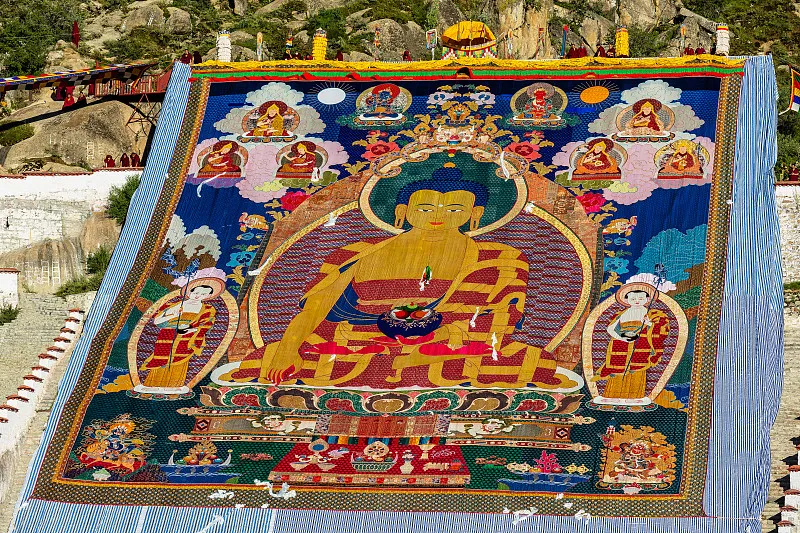
4. Nagqu Horse Racing Festival
When: Late July or early August
Where: Nagqu Grassland, northern Tibet
Highlights:
-
Traditional Tibetan horse racing and archery
-
Cultural performances including singing and dancing
-
Locals set up colorful tents and celebrate together
Why you should go:
This is Tibet’s largest and most exciting nomadic gathering. It offers a unique look at nomadic Tibetan life, athleticism, and hospitality, all in the vast open grasslands.
5. Butter Lamp Festival (Ganden Ngamchoe)
When: December (25th day of the 10th lunar month)
Where: Ganden Monastery and other major temples
Highlights:
-
Commemorates the death of Tsongkhapa, founder of the Gelugpa sect
-
Monasteries and homes light thousands of butter lamps
-
Chants and prayers fill the air as the night glows with flickering lights
Why you should go:
It’s one of the most visually stunning spiritual experiences in Tibet. The butter lamps create a magical, peaceful atmosphere that leaves a lasting impression.
6. Bathing Festival (Gamariji)
When: Late August or early September
Where: Throughout Tibet, near rivers and lakes
Highlights:
-
Tibetans bathe in rivers believed to have healing power during this period
-
Families gather by the water for days, sharing food and stories
-
Cleansing is both physical and spiritual
Why you should go:
This is a rare glimpse into Tibetan family life and beliefs outside the monasteries. It’s intimate, personal, and deeply cultural.
Conclusion
Tibetan festivals are more than just events—they are expressions of faith, community, and culture. Whether you’re watching a giant Thangka unfurl at sunrise or sharing yogurt during Shoton, each celebration brings you closer to understanding the heart of Tibet.
If you’re planning to visit Tibet, try to align your travel with one of these festivals. Not only will you see amazing sights, but you’ll also feel the spirit and warmth of Tibetan people.
Classic route recommendation
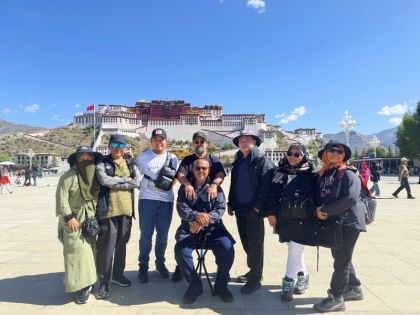
8-Day Classic Tibet Tour: Lhasa, Everest, Namtso & More $ 965
